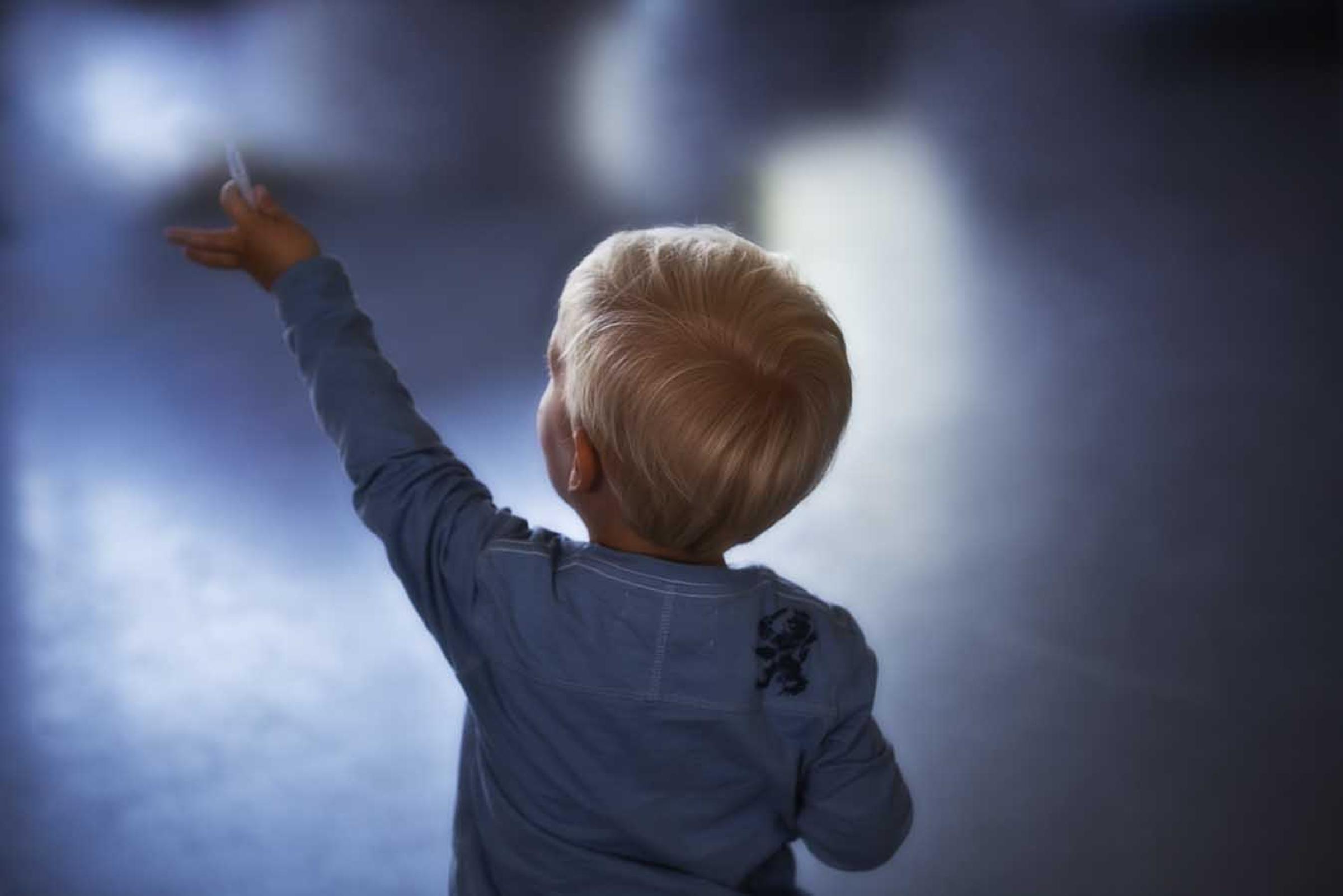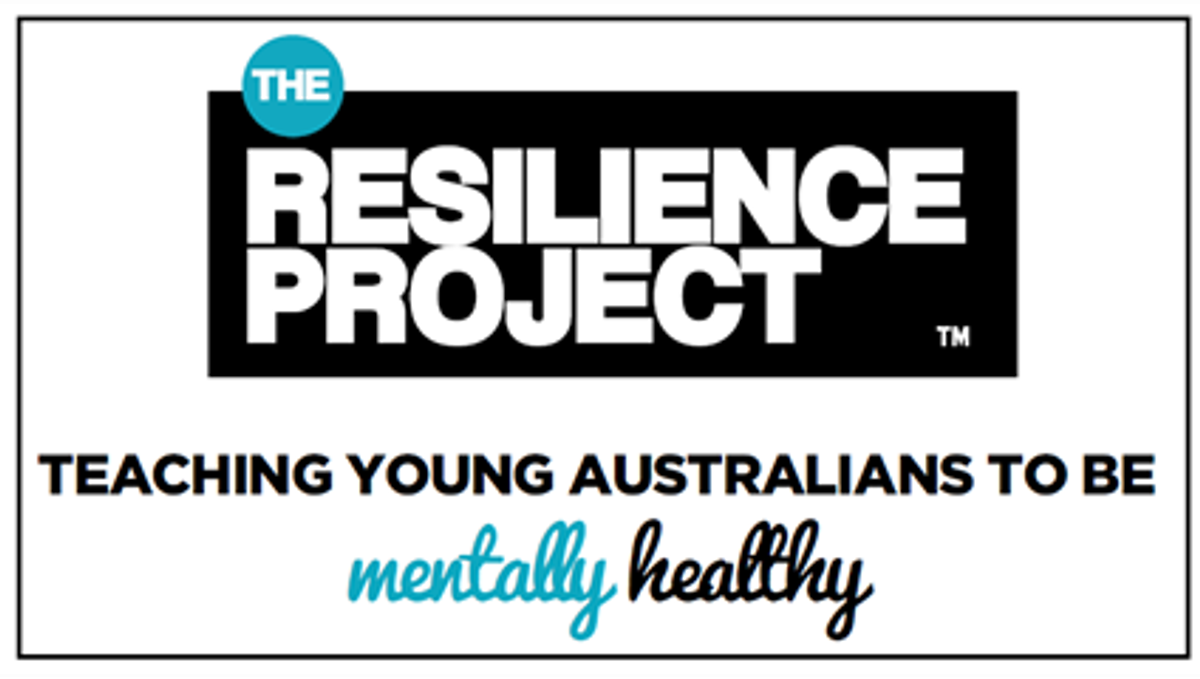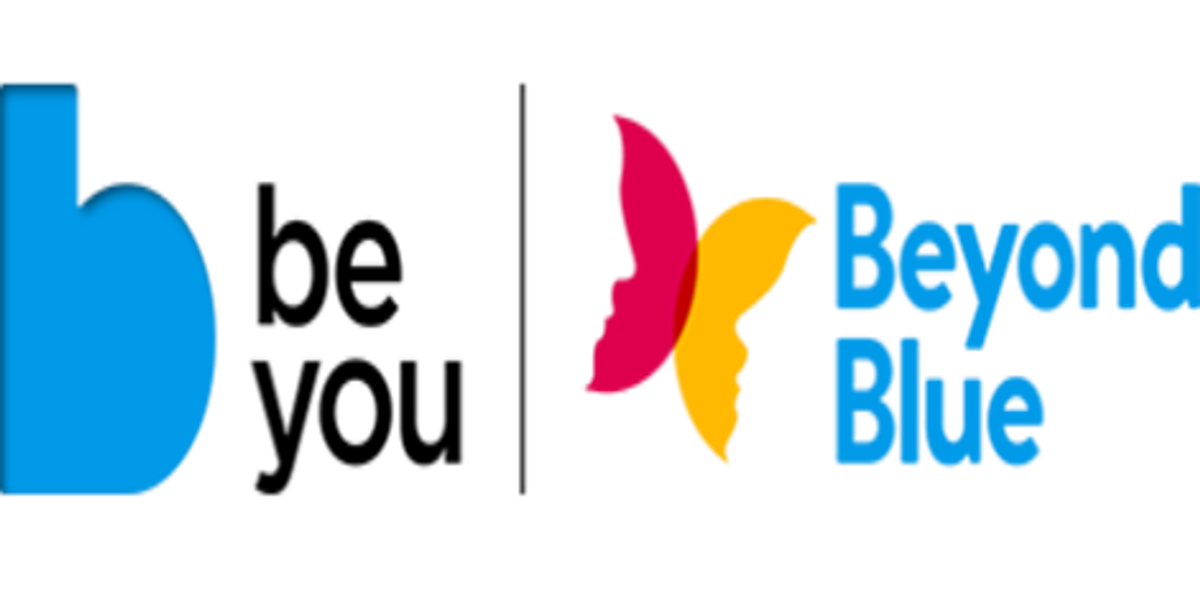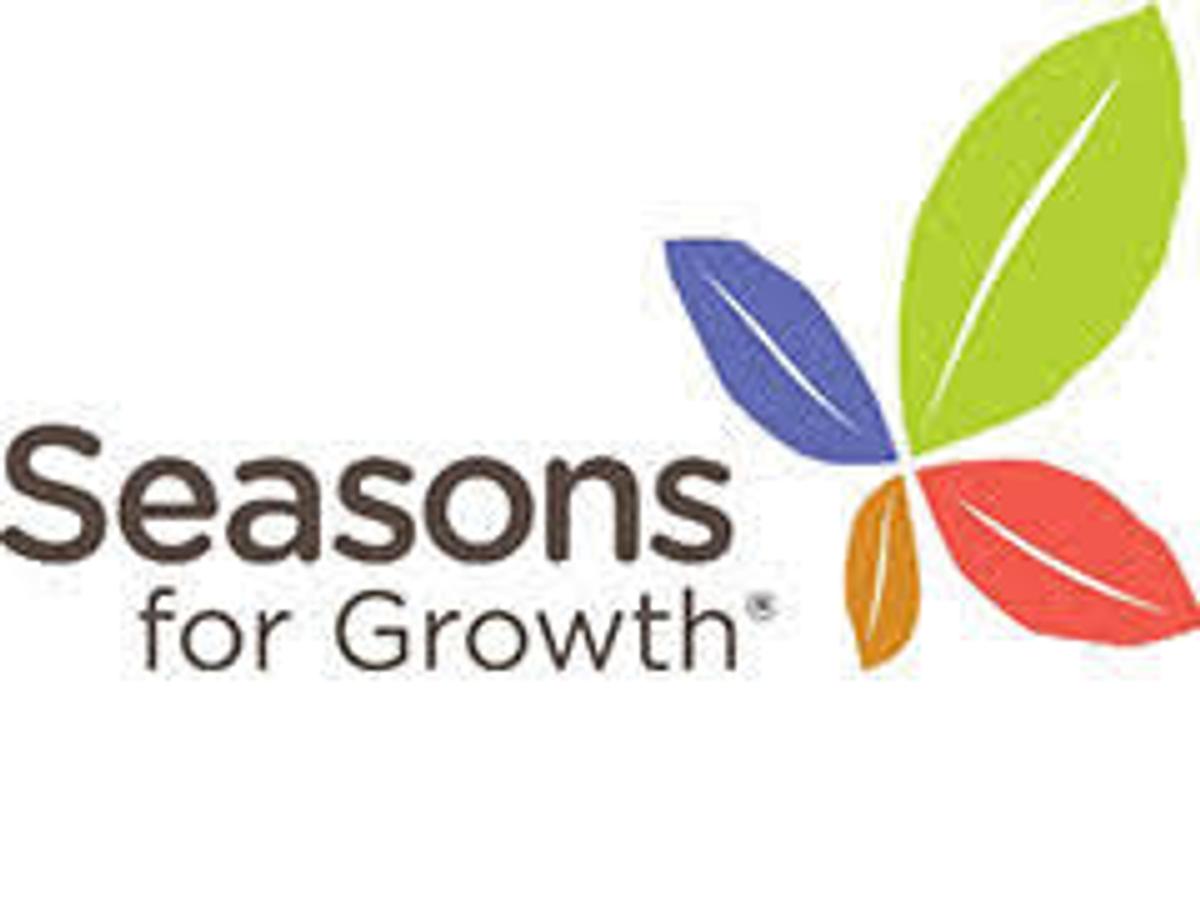Wellbeing

The Resilience Project Zoom Parent Webinar
Save the DATE and Take the TIME
with Hugh van Cuylenburg
on Tuesday 23rd March, 6:30pm-7:30pm
During this presentation, Hugh will share his experiences and combine them with practical strategies that can be implemented everyday to improve our overall wellbeing.
The Resilience Project seeks to help all Australians become mentally healthy.
Programs offered by The Resilience Project are based on the following strategies:
- Gratitude - Appreciating what you have, not begrudging what you don’t.
- Empathy - Thinking of the needs of others/kindness.
- Mindfulness - Being present in the moment, not becoming distracted by unhelpful or negative thoughts.
BeYou is a resource for educators that promotes the mental health of all members of the school community, students, parents and teachers. This week fact sheet from the BeYou website is about bullying, what it is and what it isn’t. For more information visit www.beyou.edu.au
What's bullying?
Bullying is hurtful, aggressive and repeated behaviour that aimsto embarrass, threaten or intimidate another person.
Bullying can be carried out by an individual or group towards one or more persons and is a complex social problem which can occur in environments such as schools. Researchers agree that there are five key features of bullying behaviour:
- The person (or people) who engage in bullying behaviour intend/s to inflict harm or fear upon the target.
- Aggression towards the target occurs repeatedly.
- The target child or young person doesn’t provoke bullying behaviour by using verbal or physical aggression.
- Bullying tends to occur in familiar social groups.
- The person engaging in the bullying behaviour is usually more powerful (either in reality or perception) than the person they're targeting. The power may be, for example, social, physical or age-related.
What bullying isn’t
Behaviours that don’t constitute bullying include:
- mutual arguments and disagreements (where there’s no power imbalance)
- not liking someone or a single act of social rejection
- one-off acts of meanness or nastiness
- isolated incidents of aggression, intimidation or violence.
To effectively respond to bullying at a whole-school level, it’s important that staff have an agreed definition that’s understood and applied consistently.
There are several different types of bullying behaviours:
Face-to-face
Face-to-face (or direct) bullying may include damaging a person's belongings, kicking, hitting and punching, or verbal actions such as threats, name-calling and insults. Face-to-face bullying is usually more easily witnessed.
Covert
Covert bullying is more subtle – it’s typically non-physical and occurs out of sight of others. Covert bullying can include hand gestures, threatening looks, whispering, excluding, blackmailing, spreading rumours, threatening and trying to socially isolate someone. Other behaviours may include damaging social relationships, playing nasty practical jokes, telling others' private information, criticising clothes and personalities, sending mocking or abusive notes, or intentional ignoring.
Cyberbullying
Cyberbullying, or online bullying, occurs via technologies such as email, social media, text messages, or instant messaging. Cyberbullying differs from offline bullying in that the perpetrators can more easily remain anonymous, content can reach a large audience and material can be difficult to remove.
These different types of bullying can occur in combination and cause children and young people to feel they have no safe space.
Read more about recognising the signs of bullying behaviour.
Seasons for Growth
Seasons for Growth is an 8 week program to help young people deal with experiences of loss or change that they may experience through separation or divorce of their parents, death of a loved one or pet and also experiences of change that they may struggle with (e.g. moving house, changing schools, medical diagnosis etc). If you think that your child would benefit from this program please speak to your child’s class teacher or contact me at the school rlenko@sfslynbrook.catholic.edu.au
National day for Action against bullying
The National day of Action against bullying and violence is on Friday 19th March. The theme this year is Take action together. Together we can make change. Everyone has a role to play in supporting young people in dealing with bullying and helping to energise positive discussions about the issue.
Bullying is an ongoing and deliberate misuse of power in relationships through repeated verbal, physical and/or social behaviour that intends to cause physical, social and /or psychological harm. It can involve an individual or a group misusing their power, or perceived power, over one or more persons who feel unable to stop it from happening.
Bullying can happen in person or online, via various digital platforms and devices, and it can be obvious (overt) or hidden (covert). Bullying behaviour is repeated, or has the potential to be repeated, over time (for example, through sharing or digital records).
Bullying of any form or for any reason can have immediate, medium and long-term effects on those involved, including bystanders. Single incidents and conflict or fights between equals, whether in person or online, are not defined as bullying.
What we can do?
Student tips
If it happens in person, try these:
Ignore them. Try not to show any reaction.
Tell them to stop and walk away.
Pretend you don’t care.
Go somewhere safe.
Get support (from your friends)
If you see someone being bullied:
Leave negative conversations. Don’t join in.
Support others being bullied.
If it doesn’t stop:
Talk to an adult (parent/carer/teacher) who can help stop the bullying.
Keep asking for support until the bullying stops.
Parent tips
If your child talks to you about bullying:
- Listen calmly and get the whole story.
- Reassure your child that they are not to blame.
- Ask your child what they want you to do about it and how you can help.
- Visit www.bullyingnoway.gov.au to find strategies.
- Check in regularly with your child.
Need help now?
Kids Helpline www.kidshelpline.com.au
Headspace www.headspace.org.au
Online bullying www.esafety.gov.au
The Resilience Project – Part 3: Empathy & Kindness.
This next presentation from The Resilience Project is all about Empathy and Kindness.
Empathy is the ability to understand another person’s thoughts and feelings from their perspective.
Brain imaging data shows that being kind to others registers in the brain as more like eating chocolate than like fulfilling an obligation to do what’s right (e.g., eating brussel sprouts)!
Research shows that practicing empathy such as performing acts of kindness, taps into our brain’s ‘mirror neurons’, builds compassion and our behaviour becomes more social and community-based.
View Part 3: Empathy of the series here: https://theresilienceproject.com.au/parent-and-carer-hub/
Here’s an activity to practise empathy and kindness:
- Reflect on someone in your life who could benefit from an act of kindness today. It could be a friend who would love some affirmation about their work, your pet who deserves an extra treat, or a family member who would love a phone call or text message.
- Make a plan for who you are going to gift an act of kindness to, and what you are going to do.
- If you want to add accountability to your plan, share it with someone else and encourage them to do the same thing.
- Follow up with each other in a few days time, to ask how it went!
Sources: Psychology Today, UC Berkeley, Greater Good Science
For mental health resources and support information, visit The Resilience Project’s Support Page.
If you have any concerns about the wellbeing of your child, please do not hesitate to contact me.
Rachel Lenko
rlenko@sfslynbrook.catholic.edu.au
Student Wellbeing Leader



